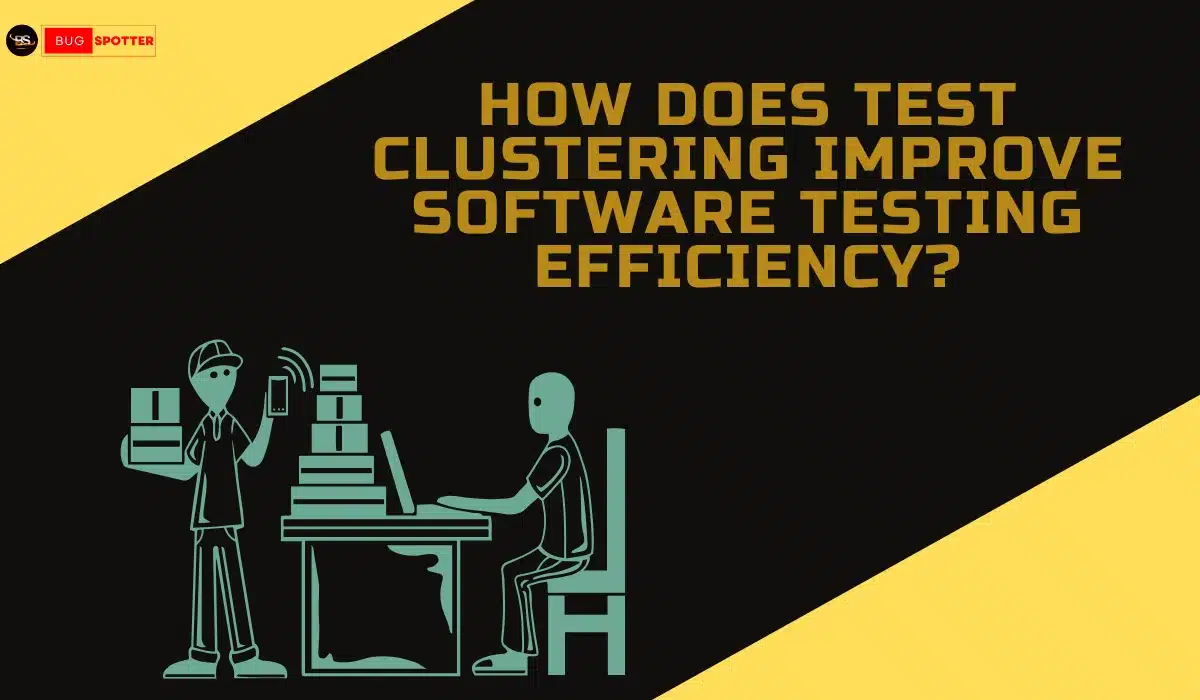Bottom Up Integration Testing
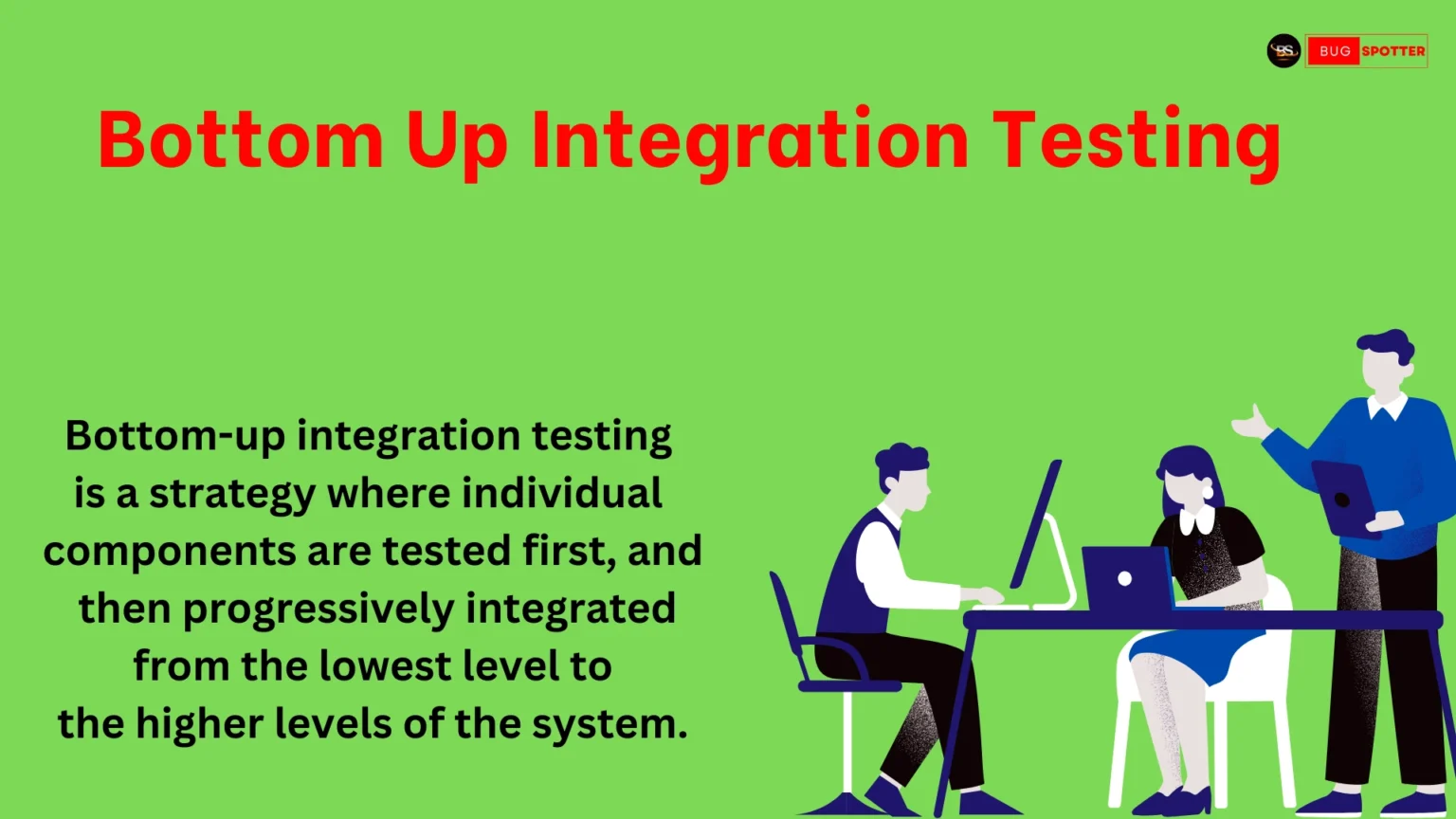
Software testing is a crucial phase in the software development life cycle (SDLC), ensuring the reliability, functionality, and performance of a product. Among various testing methodologies, integration testing plays a significant role in verifying that different components of a system work together seamlessly. One of the widely used integration testing approaches is Bottom-Up Integration Testing.
In this article, we will explore what Bottom-Up Integration Testing is, its advantages, disadvantages, process, examples, and best practices to help you understand its importance in software development.
What is Bottom Up Integration Testing?
Bottom-Up Integration Testing is a systematic testing approach where lower-level modules are tested first before integrating them into higher-level modules. This process continues until all components of the system are combined and tested as a whole.
In this approach, test drivers (also called test harnesses) are used to simulate the behavior of higher-level modules, as they may not be available in the initial stages of testing. These test drivers help in verifying the correctness of the integrated lower-level modules.
How Bottom Up Integration Testing Works
The Bottom-Up approach follows a structured process where testing starts with the foundational modules and gradually moves upward to test more complex systems. The steps involved are:
- Unit Testing of Lower-Level Modules: Individual modules at the lowest level are tested independently.
- Integration of Modules: Once unit testing is successful, modules are integrated in a bottom-up manner.
- Use of Test Drivers: Since higher-level modules are unavailable initially, test drivers are created to mimic their functionality.
- Testing at Each Level: Each level of integrated modules undergoes thorough testing before proceeding to the next level.
- Final System Testing: After integrating all modules, a complete system test is conducted to ensure overall functionality.
Example of Bottom Up Integration Testing
Let’s consider an e-commerce application where different components such as database, API, and user interface (UI) interact.
- The database module (handling product storage) is tested first.
- Next, the API module (which fetches product data from the database) is integrated and tested.
- Since the UI module is not yet available, a test driver is created to simulate its interaction with the API.
- After successfully testing the API, the UI module is integrated and tested with real user inputs.
- Once all components are integrated, the complete system is tested for performance and security.
Advantages of Bottom Up Integration Testing
- Early Detection of Bugs: Since lower-level modules are tested first, critical issues are identified early in the development process.
- Better Test Coverage: Each module is tested thoroughly before integration, ensuring that all functionalities work as expected.
- Efficient Debugging: Debugging is easier since smaller modules are tested separately before combining them.
- Reduces Dependency on Stubs: Unlike Top-Down Testing, Bottom-Up Testing requires fewer stubs as lower-level modules are tested first.
- Well-Suited for Object-Oriented Development: This approach is highly effective for object-oriented and component-based software development models.
Disadvantages of Bottom-Up Integration Testing
- Test Drivers are Required: Since higher-level modules are missing in the early stages, test drivers need to be developed, which adds extra effort.
- Late Discovery of UI Issues: The user interface (UI) is usually tested in the later stages, which may lead to late identification of usability issues.
- Complex Execution: As more modules are integrated, complexity increases, requiring robust test management strategies.
- Time-Consuming for Large Systems: For large-scale applications, testing all lower-level components before higher-level integration can be time-intensive.
Bottom-Up vs. Top-Down Integration Testing
| Feature | Bottom-Up Integration Testing | Top-Down Integration Testing |
|---|---|---|
| Testing Approach | Starts with lower-level modules | Starts with higher-level modules |
| Use of Stubs/Drivers | Requires test drivers | Requires test stubs |
| Debugging | Easier as modules are tested first | Complex due to incomplete lower modules |
| UI Testing | Delayed until later stages | Done early in the process |
| Best for | Component-based software | Prototyping and UI-focused applications |
Best Practices for Bottom Up Integration Testing
- Start with Well-Defined Unit Tests: Before integration, ensure all lower-level modules pass unit testing.
- Develop Robust Test Drivers: Invest in creating efficient test drivers to simulate higher-level modules.
- Incremental Testing Approach: Integrate modules gradually instead of all at once to reduce complexity.
- Automate Where Possible: Use automation testing tools to streamline the integration testing process.
- Regular Documentation: Maintain clear documentation of test cases, issues, and resolutions for better collaboration
Latest Posts
- All Posts
- Software Testing
- Uncategorized
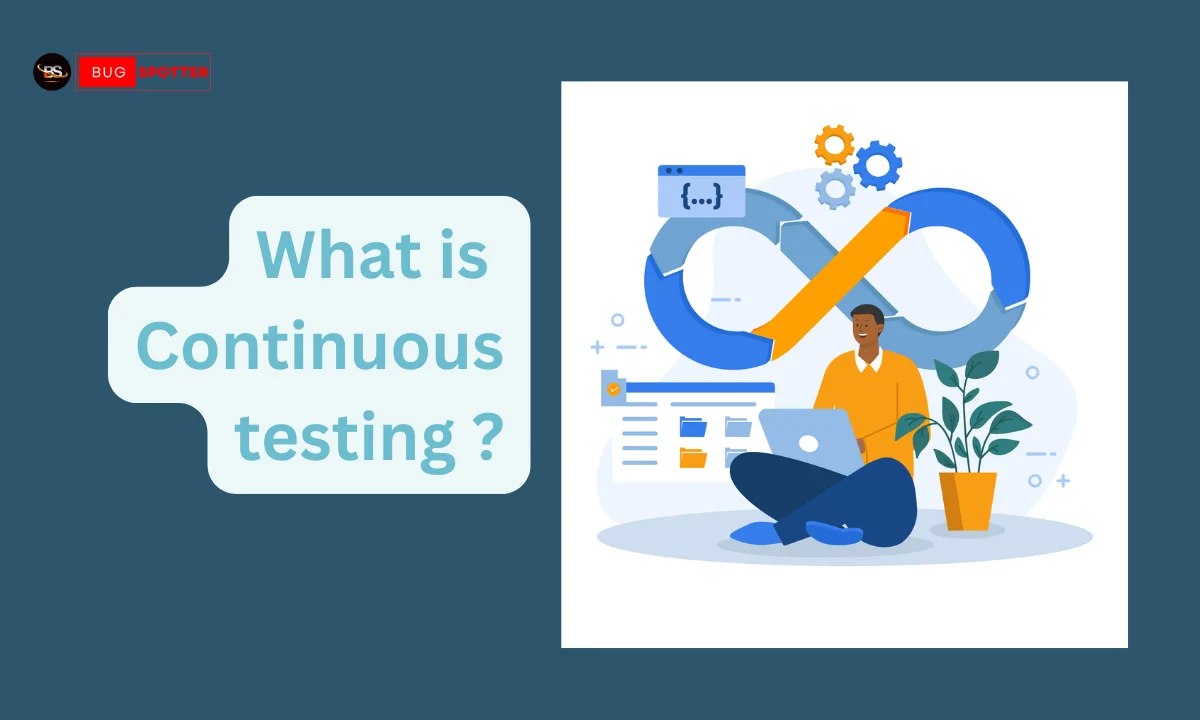
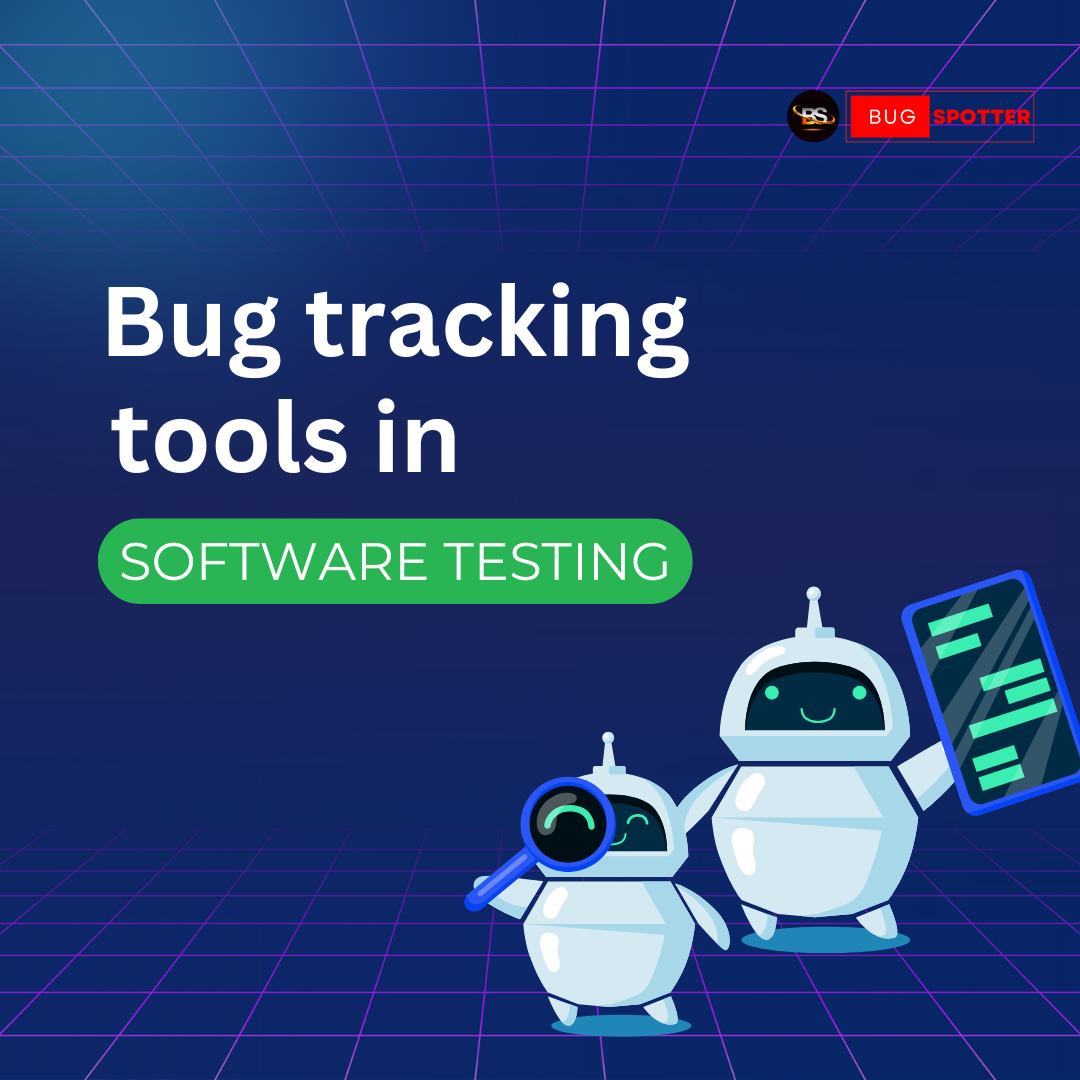
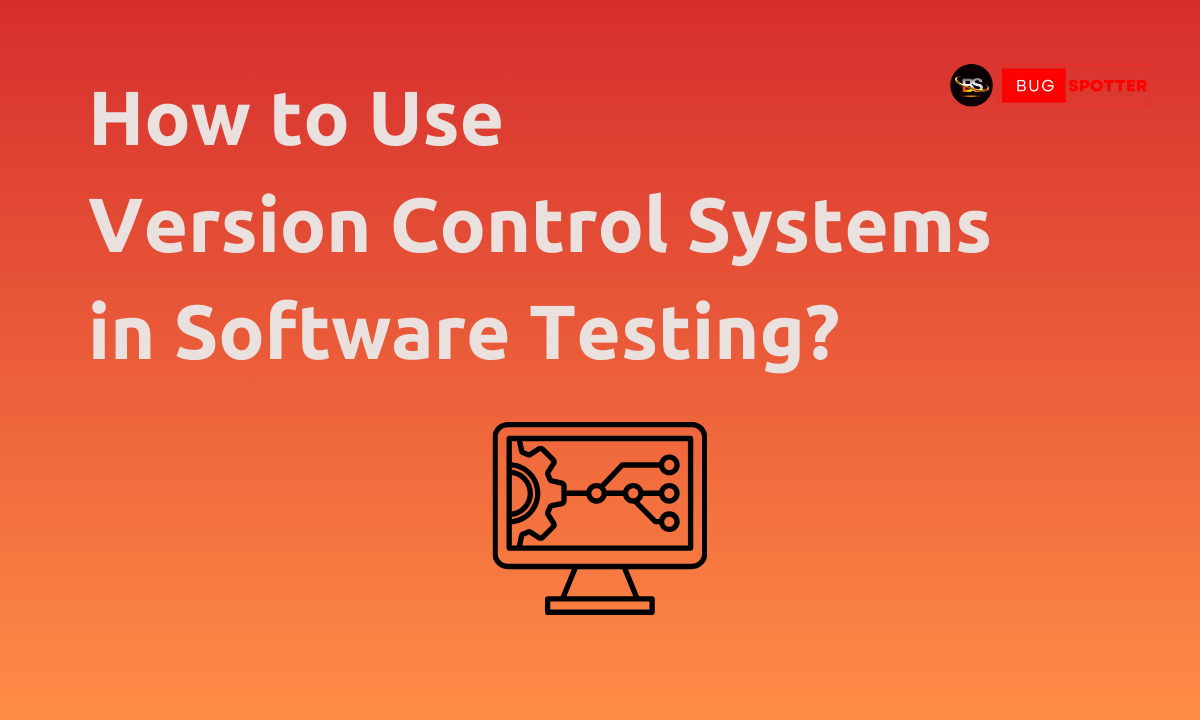
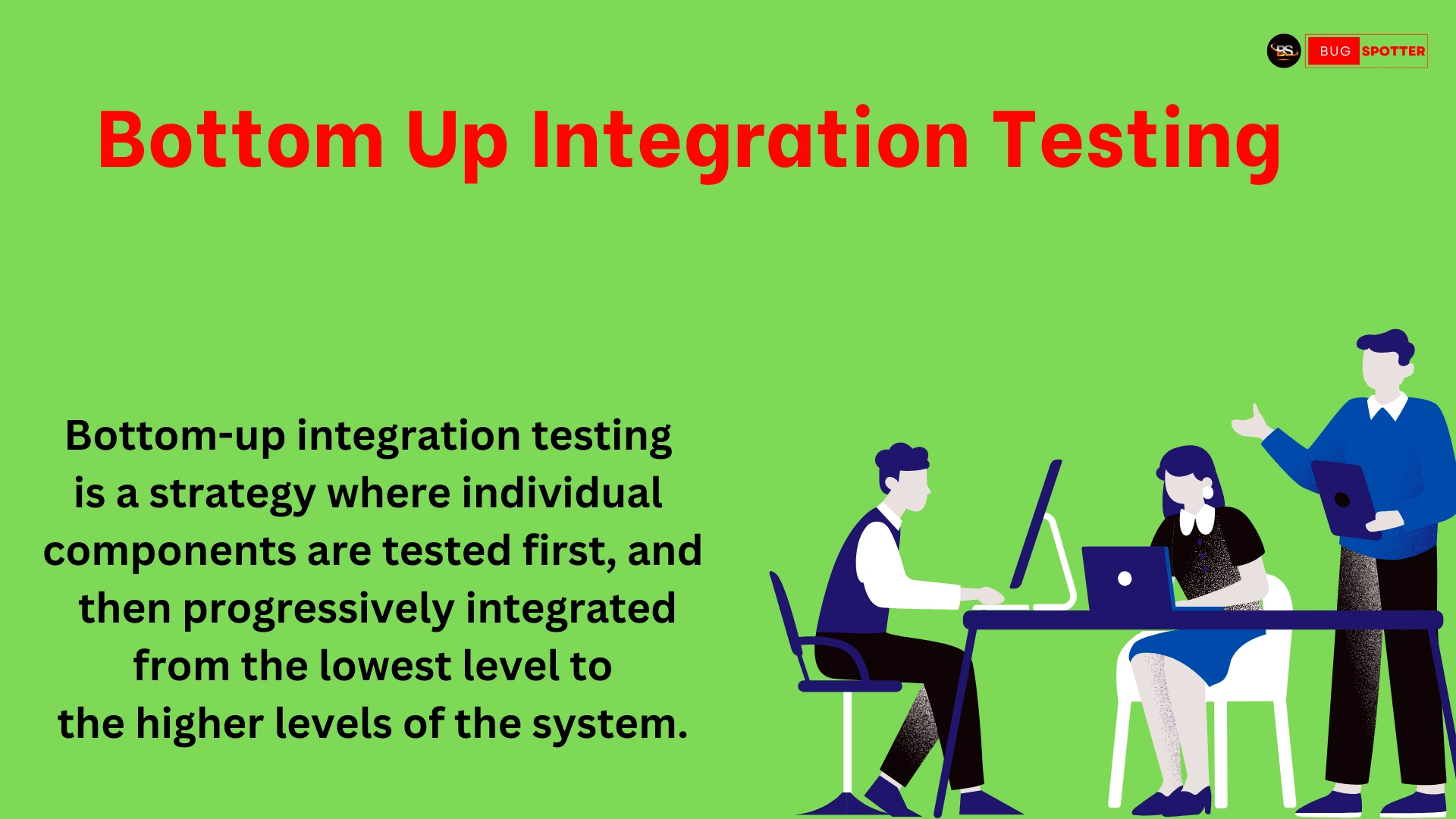

Categories
- Artificial Intelligence (5)
- Best IT Training Institute Pune (9)
- Cloud (2)
- Data Analyst (55)
- Data Analyst Pro (15)
- data engineer (18)
- Data Science (104)
- Data Science Pro (20)
- Data Science Questions (6)
- Digital Marketing (4)
- Full Stack Development (7)
- Hiring News (41)
- HR (3)
- Jobs (3)
- News (1)
- Placements (2)
- SAM (4)
- Software Testing (70)
- Software Testing Pro (8)
- Uncategorized (33)
- Update (33)
Tags
- Artificial Intelligence (5)
- Best IT Training Institute Pune (9)
- Cloud (2)
- Data Analyst (55)
- Data Analyst Pro (15)
- data engineer (18)
- Data Science (104)
- Data Science Pro (20)
- Data Science Questions (6)
- Digital Marketing (4)
- Full Stack Development (7)
- Hiring News (41)
- HR (3)
- Jobs (3)
- News (1)
- Placements (2)
- SAM (4)
- Software Testing (70)
- Software Testing Pro (8)
- Uncategorized (33)
- Update (33)





